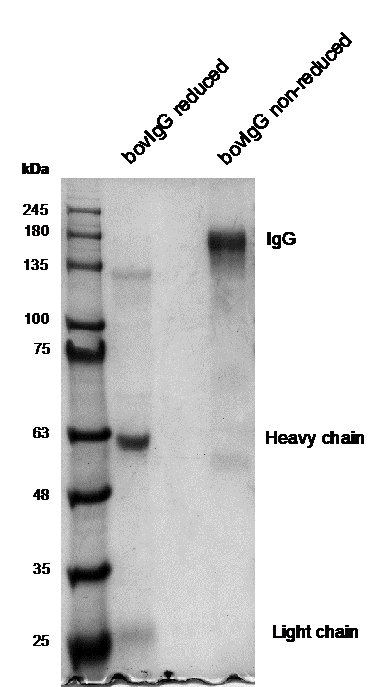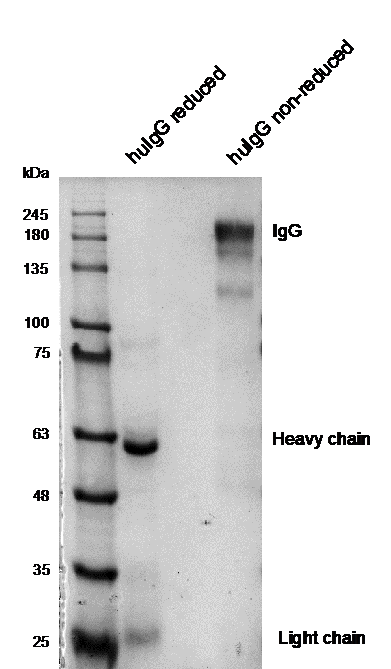
Cat. #162082
HCI-013-EI breast cancer PDX
Cat. #: 162082
Cancer Type: Breast cancer
This fee is applicable only for non-profit organisations. If you are a for-profit organisation or a researcher working on commercially-sponsored academic research, you will need to contact our licensing team for a commercial use license.
Contributor
Inventor: Alana L Welm, Yi-Chun Lin, Yoko Sakata DeRose
Institute: The University of Utah Research Foundation
Primary Citation: Guillen, et al. 2022. Nature Cancer. Feb; 3(2):232-250. PMID: 35221336
Tool Details
*FOR RESEARCH USE ONLY (for other uses, please contact the licensing team)
- Research area: Breast Cancer
- Description: Human breast cancer patient-derived xenograft (PDX) model that retains high fidelity to original tumour, including spatial structure, intratumour heterogeneity, genomic features, tumour growth rate, metastatic patterns, and drug responses. These highly translatable PDX models can be used to more accurately assess therapeutic efficacy and predict patient responses in preclinical drug validation studies than traditional models. This panel of PDX models includes some of the deadliest forms of breast cancer such as drug-resistant, metastatic tumours, and endocrine-resistant estrogen receptor-positive (ER+) and human epidermal growth factor receptor positive (HER2+) tumours. Sample collected in 2010 from pleural effusion of Caucasian female, age 53 at time of collection with a primary diagnosis of ILC; 2003. Patient had no prior history of smoking, and experienced clinical metastasis to the lung, liver and pericardium. Patient had undergone radiation therapy to bone other than spine (2007) and spine (2010) and had systemic treatment of leuprolide 2003-2008; letrozole 2003-2007; zolendronic acid 2003-2010; tamoxifen 2007-2008; exemestane 2008; cyclophosphamide, 2008; 5- fluorouracil, methotrexate 2008; capecitabine 2008-2009; paclitaxel 2009; nab-paclitaxel 2009; doxorubicin 2009-2010; carboplatin, gemcitabine 2010 prior to sample collection. Patient and PDX characteristics were as follows - ER status: positive, PR status: positive, HER2 status: negative. PDX information: generated from HCI-013 two years later and grown in ovx mice, PAM50 subtype is luminal B, not estrogen dependent, PTEN positive by IHC, and shows metastasis to lung.
Patient Details
- Cancer: Breast cancer
- Biopsy site: Pleural Effusion Fluid
- Gender: Female
- Patient ethnicity: Caucasian
- Treatment history: Pretreated: Patient had undergone radiation therapy to bone other than spine (2007) and spine (2010) and had systemic treatment of leuprolide 2003-2008; letrozole 2003-2007; zolendronic acid 2003-2010; tamoxifen 2007-2008; exemestane 2008; cyclophosphamide, 2008; 5-fluorouracil, methotrexate 2008; capecitabine 2008-2009; paclitaxel 2009; nab-paclitaxel 2009; doxorubicin 2009-2010; carboplatin, gemcitabine 2010 prior to sample collection
Engraftment Details
- Mice passaged: Yes
- Engraftment site: Cleared mammary fat pad
- Sample type: HCI-013 PDX Tissue Fragment
- Host strain: Immunocompromised mice NOD scid gamma (NSG) Jackson Laboratory 5557; NOD/scid, Jackson Laboratory 1303 or NOD rag gamma (NRG), Jackson Laboratory 7799
- Histology: PAM50 subtype Luminal B
- Production details: Fresh or thawed human breast tumour fragments were implanted into the cleared inguinal mammary fat pad of female Immune-compromised mice. For bone metastasis samples, bone fragments were coimplanted. For liquid specimens, pleural effusion, or ascites fluid, 1-2 milion cells were injected into cleared mammary fat pads in Matrigel. For ER+ tumours, mice were dosed with E2 beeswax pellets and given supplemental E2 via drinking water. When tumours reached 1-2 cm in diameter, tumours were aseptically collected and reimplanted into new m ice or banked. Estrogen-independent ER+ breast PDX models were generated when ER+ PDX tumours were transplated into overiectomized mice without E2 supplementation.
Handling
- Initial handling information: Implant into the cleared inguinal mammary fat pad of female Immune-compromised mice (NOD.SCID). Time to grow to 2cm: 1-2 months. Positive ER status
- Additional notes: Additional Information on PDX establishment: https://www.nature.com/articles/s43018-022-00337-6/figures/9
Application Details
- Genetic data: Whole exome sequencing, SNP array, CNV data and RNA sequence from Guillen et al. 2022 Nature Cancer, is available in NIH database dbGaP under accession number phs002479.v1.p1
References
- Tufail, et al. 2024. Journal of Translational Med. Jan 3:22(1):15. PMID: 38172946
- Bhattacharya, et al. 2023. Journal of Experimental & Clinical Cancer Research. Dec 16:42(1):343. PMID: 38102637
- Prekovic, et al. 2023. EMBO Molecular Medicine. Dec 7:15(12):e17737. PMID: 37902007
- Daneshdoust, et al. 2023. Cells. Sep 30:12(19):2338. PMID: 37830602
- Wang, et al. 2023. Cell Bioscience. Dec 1:13(1):224. PMID: 38041134
- Guillen, et al. 2022. Nature Cancer. Feb 3(2):232-250. PMID: 35221336



